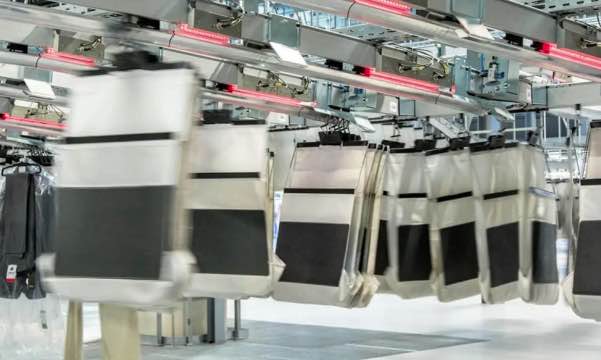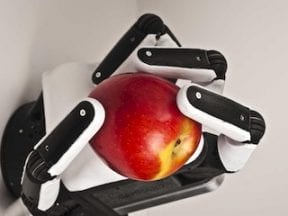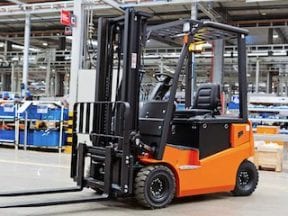Your fulfillment warehouse is growing fast. More orders are arriving in increasingly varied dimensions and quantities. Systems and processes are struggling.
Sound familiar?
You may be considering additional employees and space. Both are expensive. An alternative is improving productivity by automating some manual tasks.
The Case for Automation
Improving efficiencies and reducing the cost of human resources are the main reasons to automate.
Speedy movement of goods means lower management costs, improved revenue, and satisfied customers. Thus automation can start with materials handling, such as picking, sorting, and packaging. More than half of employees at a typical distribution center are involved with those functions.
Picking. Mobile robotic “shuttle” carts can automate the picking process. They travel the depth of racks to pick up or deposit pallets and can store and retrieve stock totes, trays, or cases.
Most shuttle systems are adaptive and scalable, making it possible to expand incrementally by adding additional aisles. Modern mobile carts greatly increase speed, storage density, accuracy, and throughput in ecommerce warehouses. Fully automated pallet shuttle systems using cranes can manage all types of storage and retrieval.
Here’s an example. Klingspor, a U.S. manufacturer of high-quality abrasive products, was quickly outgrowing its manufacturing and distribution center in North Carolina. The planned facility expansion was an ideal time to automate it.
Working with an equipment supplier, Swisslog, Klingspor deployed 16 automated guided vehicles supporting 962 storage racks, two pick stations, and one replenishment station — all using Swisslog’s CarryPick system, which integrated with the Klingspor’s warehouse management software. The setup has increased productivity and eased the demands on employees, who now welcome automation.
Sorting. Pocket sortation systems are not new, but they can streamline high-volume ecommerce facilities. They are especially suited to apparel, accessories, and most general merchandise.
The idea is based on a hanging garment sorter and adding a pocket to carry non-hanging goods. The system can sort and sequence pockets containing the exact order items delivered to the packing station in the desired order. It works well for orders of multiple items. The pockets and hanging garments can be mixed to serve apparel retailers with both garments and flat accessories.
Decathlon, a leading European sportswear company, needed a high-volume, compact sorting system as ecommerce sales increased. The company chose a pocket sortation system from Düerkopp that extends across two halls and three floors. The system can accommodate in pockets non-fashion items such as small rucksacks and camping articles.

Pocket sortation systems, such as this example from Düerkopp, can accommodate hanging garments and non-hanging goods.
Packaging. The manual process of packaging items for dispatch can be assisted by automatically applying labels and dropping the bags into a container. This semi-automated method can be replaced by a fully automated system when volumes demand it. Automated Packaging Systems and others offer inline solutions that include consumables such as environmentally friendly bags-on-a-roll.
Other technologies automate the boxing of items and the erection and closure of cartons. Machines can cut a box to size and automatically lid it. For example, WestRock’s BoxSizer is a smart packaging machine that automatically downsizes multiple footprint boxes, reducing packaging and dimensional weight, which saves labor, materials, and transportation costs. Fragile and high-value products can benefit from machines that scan the item in three dimensions and then build packaging around it!




